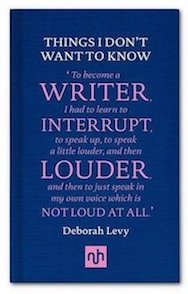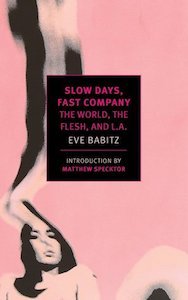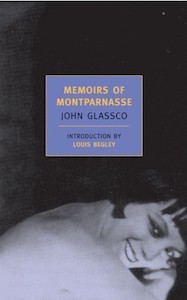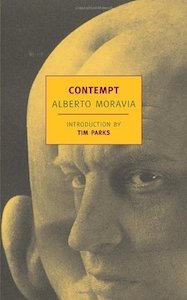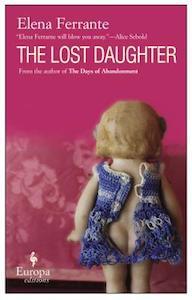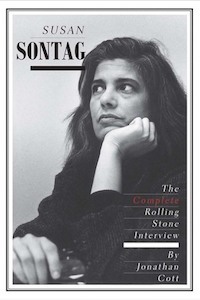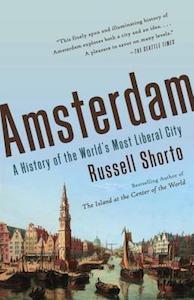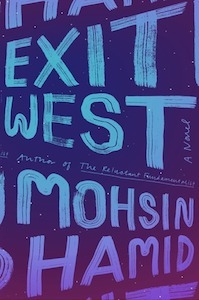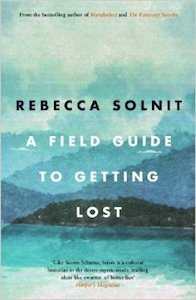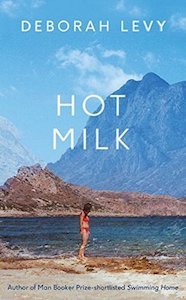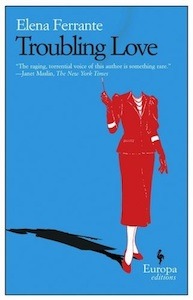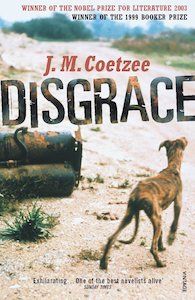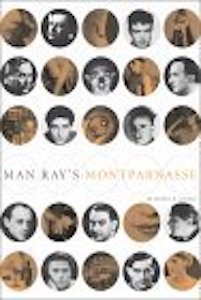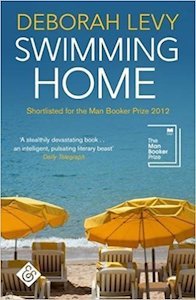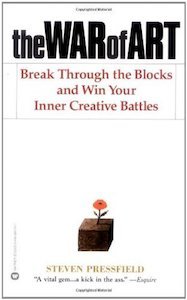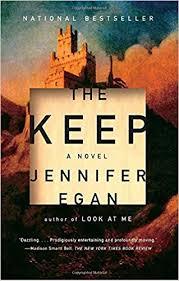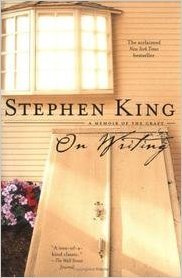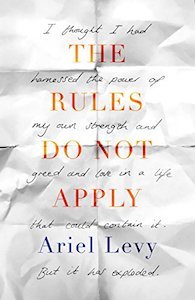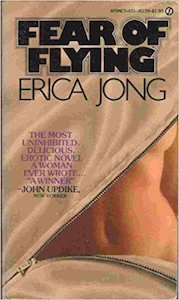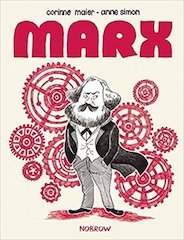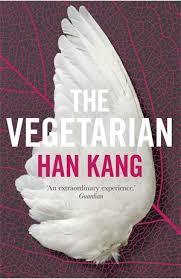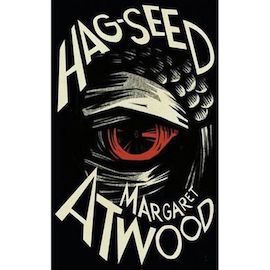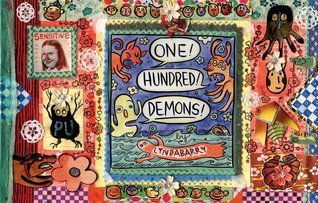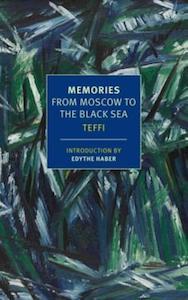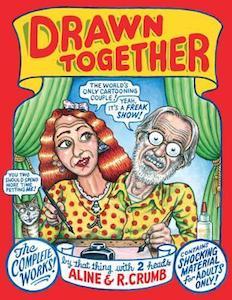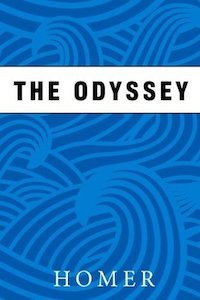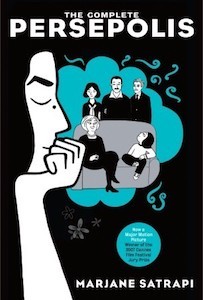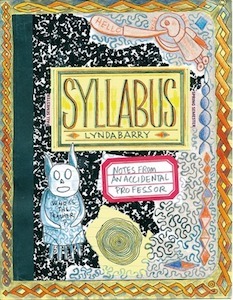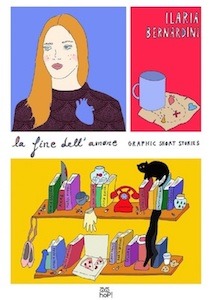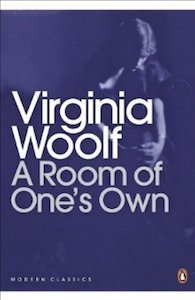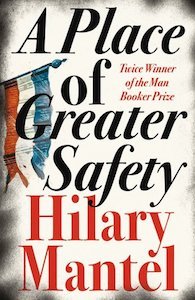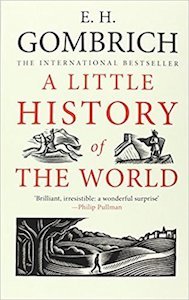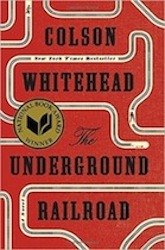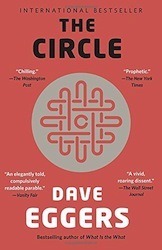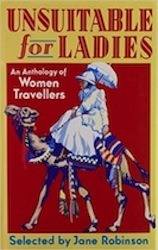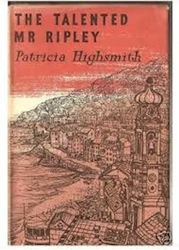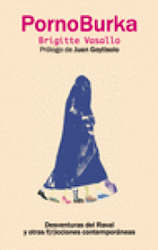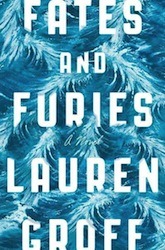Books I’m excited to read this year:
Sheila Heti, Motherhood (coming in May 2018)
Heti is playful, restless, and does something different with every project. I loved How Should a Person Be. This is a “a fictional meditation on motherhood. The thirty-something narrator, surrounded by friends contemplating children, grapples with whether she wants to do the same.
Deborah Levy, The Cost of Living (coming in July 2018)
“A ‘working autobiography’ that comprises thoughtful dissections of life as a woman.
Morgan Jenkins, This Will Be My Undoing (just published)
“A collection of essays by Morgan Jerkins focused on ‘living at the intersection of black, female, and feminist in (white) America.’ Jerkins tackles topics from Rachel Dolezal to Sailor Moon and black female sexuality.”
(Quotes and recommendations above come from this fabulous list of 2018 books by Estelle Tang: http://www.elle.com/culture/books/g14486179/best-books-2018/)
Mary Beard, Women and Power: A Manifesto
“In this brilliant book, the classicist charts misogyny from ancient Greece and Rome to today, and issues a clarion call that it is not women but power that must change.”
https://www.theguardian.com/books/2017/nov/22/women-and-power-a-manifesto-by-mary-beard-review
Natalia Ginzburg, Family Lexicon (translated from Italian)
Autobiographical novel of her anti-Fascist family during the rise of Mussolini. Originally published 1963.
James Baldwin essays.
I have a book of his collected essays I’ve dipped in and out of, but I’d like to make a more concerted effort. He is so brilliant and prescient.
Nuestros más cercanos parientes
Anthology of Venezuelan short stories from the past 25 years. For my translation quest.
Sei Shonagon, The Pillow Book
A sort of journal from 10th century Japan, written by an aristocratic woman of the court, a document not only of life at the time, but also proto-prose poems and flash fiction.
Javier Marías, Corazón tan blanco
Marías is a gap in my reading. This is his celebrated 1997 novel.
Virginie Despentes, King-Kong Théorie
French former sex worker, punk-anarchist, writer and director of rape-revenge film Baise Moi ruminates/fulminates on pornograpy, prostitution, economics, power structures, etc.
Rebecca Solnit, The Mother of All Questions
Solnit’s most recent book, “further feminisms”.
María Belmonte, Peregrinos de la belleza
I picked this up randomly at a fantastic art/design bookstore in Madrid called Panta Rhei. A study of writers over time whose life was changed by a visit to the Mediterranean, including D.H. Lawrence, Henry Miller, Patrick Leigh Fremor, Lawrence Durrell.
Elsa Morante
Book to be determined. her name came up several times via last year via my reading of Alberto Moravia (her husband) and Elena Ferrante (who admires her writing). Book to be determined
Elizabeth Hardwick
Book to be determined. She’s in a generation of women writers and poets who were overlooked in favor of their male counterparts (e.g., Norman Mailer, J.D. Salinger, Truman Capote, Philip Roth, Robert Lowell (her husband), Bukowski, John Berryman). I would include her in the company of Mary McCarthy, Elizabeth Bishop. Don’t know much about her work, but interested in finding out.
NB: I realize this list skews heavily towards literary white ladies, and not on purpose… But these are the books that have crossed my path and made their way bedside. I do try to be more diverse in terms of who I follow and read online. I usually try to read at least one history book per year, haven’t found this one yet – maybe will pick up SPQR again (Mary Beard’s massive history of the Roman empire).

